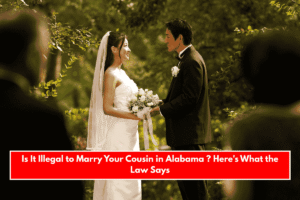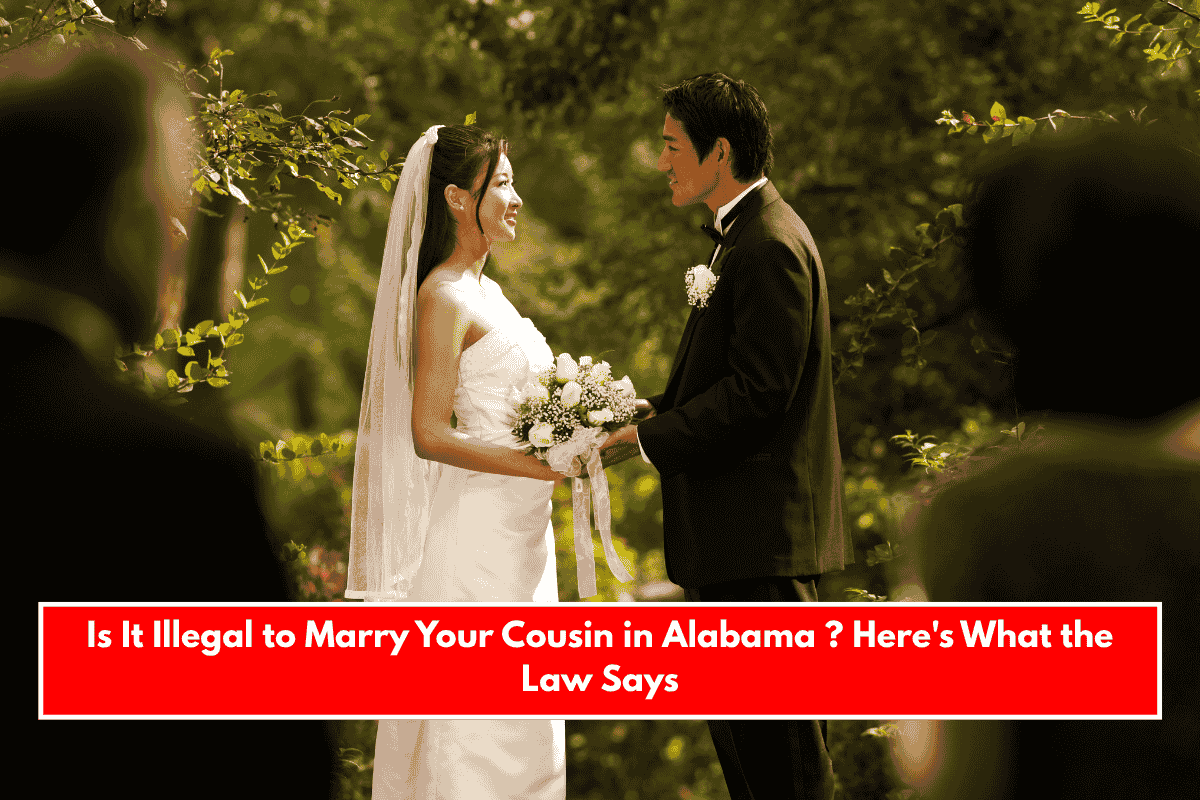Wisconsin’s right turn on red (RTOR) rule is a critical part of the state’s traffic regulations, balancing efficiency for drivers with safety for pedestrians, bicyclists, and other motorists. As of 2025, the core principles of the RTOR rule remain consistent, but understanding the specifics and recent clarifications is essential for all road users.
What Is the Right Turn on Red Rule?
In Wisconsin, drivers facing a steady red traffic light must come to a complete stop before the crosswalk, stop line, or intersection. After stopping, a driver may cautiously enter the intersection to make a right turn into the nearest lawfully available lane for traffic moving to the right, unless a sign at the intersection prohibits the maneuver.
Key Requirements for Right Turn on Red
- Complete Stop: Drivers must come to a full stop at the red light before proceeding.
- Yielding: Drivers must yield the right-of-way to:
- Pedestrians lawfully within a crosswalk
- Bicyclists and riders of electric scooters or personal assistive mobility devices
- Vehicles making lawful U-turns
- Other traffic lawfully using the intersection
- Signage: No right turn on red is allowed if a sign prohibits it. These signs are often posted in areas with high pedestrian traffic or complex intersections.
- Lane Restrictions: If the roadway has two right-turn lanes, a turn on red is permitted from either lane, but drivers must stay in their lane during the turn. For the leftmost right-turn lane, the turn must be made into the second lane from the right.
- No Crossing Moving Traffic: Except for vehicles turning from the leftmost right-turn lane in a two-lane scenario, a right turn on red cannot be made if it requires crossing lanes of moving traffic.
Special Situations and Exceptions
- Left Turn on Red: Wisconsin also allows left turns on red, but only when turning from a one-way street onto another one-way street after a complete stop and when it is safe to do so.
- Flashing Red Lights: Treated like stop signs; drivers must come to a complete stop and may proceed when safe, following the same right-of-way rules.
- Bicycles, Mopeds, Motorcycles: If sensors don’t detect these vehicles, they may proceed through a red light after stopping for at least 45 seconds and yielding the right-of-way.
Recent Developments and Context
While Wisconsin maintains its RTOR policy, several U.S. cities have begun reconsidering or restricting right turns on red due to pedestrian and bicyclist safety concerns. For example, Washington, D.C., will ban RTOR in 2025, and cities like Chicago and Ann Arbor have implemented or considered similar restrictions in specific areas. These changes reflect a national conversation about balancing driver convenience with the safety of vulnerable road users.
Safety and Liability
Accidents involving right turns on red can have serious consequences. If a driver fails to stop or yield properly and causes a collision, they may be found negligent and liable for damages. Speeding drivers forfeit their right-of-way, and any resulting accidents can lead to criminal charges, fines, and civil liability.
Penalties for Violations
- First Offense: $20 to $40 fine
- Subsequent Offenses (within one year): $50 to $100 fine
- Demerit Points: Three points per violation, with possible license suspension for excessive points
Wisconsin Right Turn on Red Rule (2025)
| Requirement | Description |
|---|---|
| Full Stop | Must stop before crosswalk or intersection |
| Yielding | Must yield to pedestrians, bicyclists, and lawful traffic |
| Prohibited by Sign | No turn if a sign prohibits RTOR |
| Two Right-Turn Lanes | Right turn allowed from either lane; stay in lane; leftmost lane to 2nd lane |
| No Crossing Moving Traffic | Cannot cross moving traffic except as specified for two right-turn lanes |
| Penalties | Fines and demerit points for violations |
Wisconsin’s right turn on red rule in 2025 continues to allow drivers to turn right after stopping at a red light, provided they yield to others and there is no signage prohibiting the turn. With growing national attention on pedestrian and cyclist safety, drivers should be especially vigilant, always prioritizing safety and compliance with posted signs and signals.
Sources:
- https://wisconsindot.gov/Pages/dmv/teen-driver/teen-sfty/traffic-lights.aspx
- https://law.justia.com/codes/wisconsin/chapter-346/section-346-37/
- https://www.natashamisralaw.com/post/right-turn-on-red-accident-fault
- https://docs.legis.wisconsin.gov/document/statutes/346.34
- https://wislawjournal.com/2023/11/17/right-turns-on-red-reconsidered/














